OK, I lied, there is one more gate, but it is a really nice gate, the "most magnificent" in the entire city. It is called Tai He Men (the Gate of Supreme Harmony) and leads, naturally, to Tai He Dian (the Hall of Supreme Harmony), which is followed by (I am not kidding) the Hall of Central Harmony, and the Hall of Preserved Harmony (they were big on Harmony, I'm guessing).
But back to the gate... Like many important (and not so important) buildings here, it is guarded by a pair of sculpted lions.
These bronze, stone, or iron sculptures always show the male lion on the left with his right paw raised and resting on a pomegranate (a symbol of power), and the female lion on the right with her left paw raised and resting on a cub (the cycle of life).
Lions aren't actually native to China, but the symbology was introduced to China with Buddhism.
The ornate portico and doorway indicate the importance of the gate. Note that the doors have a 9 x 9 grid of decorative buttons. 9 is a very lucky imperial number. The Forbidden City has 9999 rooms (in 800 buildings, and 37 palaces or halls). Many local tourists wanted to get their picture taken touching these doors.
Passing through the gate, a stairway leads down to a courtyard. Even the stairway is ornately decorated with a stone scroll.
Looking into the courtyard, we get our first glimpse of the most important Palace in the city, the Hall of Supreme Harmony. As the center of the universe, it was mandated that this be the highest building in the land.
As we climb the marble terraces approaching the hall, there are many more symbolic bronze sculptures. The stork
and the turtle, both represent longevity (and the reign of the Emperor).
There is also a line of animal ornaments along the roof of the hall. The importance of the building is determined by the number, order, and type of animals (and no other building in the city has more).
Also in front of the hall, is a sundial, representing the power of the Emperor to grant time to the world (although, as you can see from the picture, the sundial isn't much use when there isn't enough sunlight to cast a shadow).
There are also a large number of copper and iron vats distributed around the city grounds and around the buildings. These were used to hold water, in case of a fire (of which there were many). The vats were covered with blankets, or warmed by fire, in the winter to prevent them from freezing.
Apparently, even the god-like power of the Emperor was not enough to prevent fire from claiming many of the buildings here. Most of the buildings were built in 1420, but have been destroyed by fire and rebuilt many times. The fires are started, sometimes from lightening, sometimes from candles, but most often from fireworks (I guess they just can't resist!).
Monday, August 11, 2008
Subscribe to:
Post Comments (Atom)
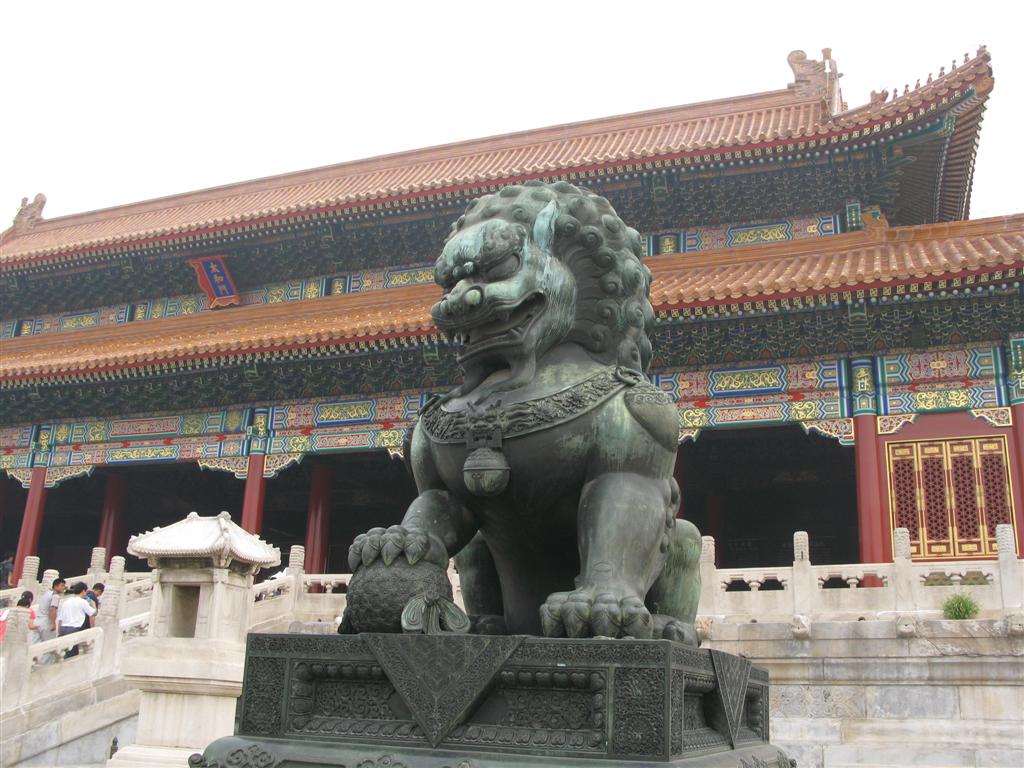
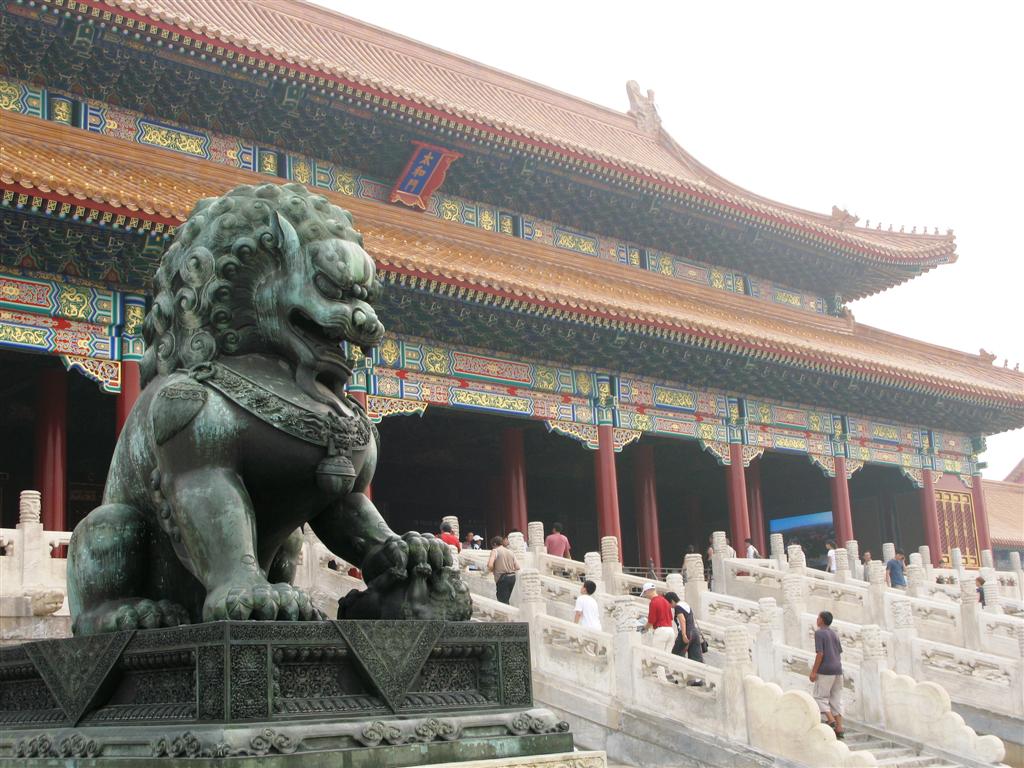
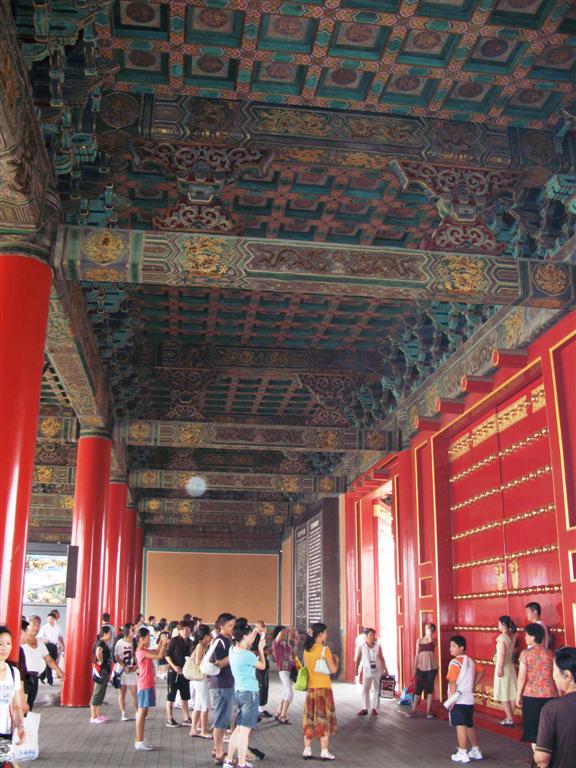
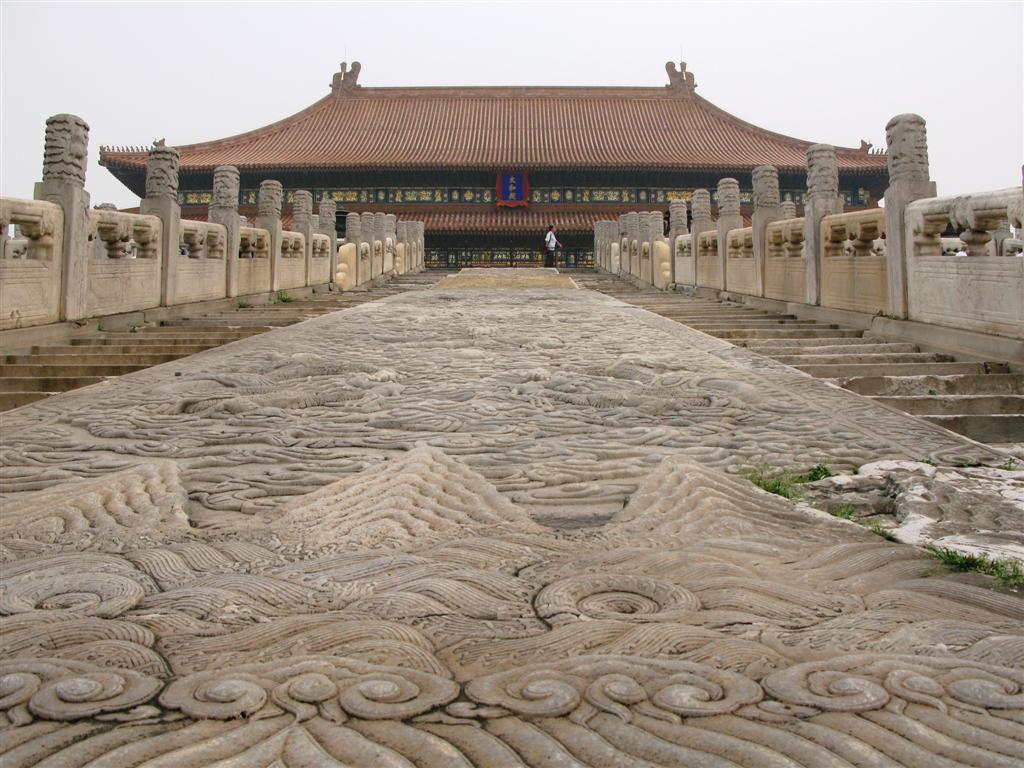
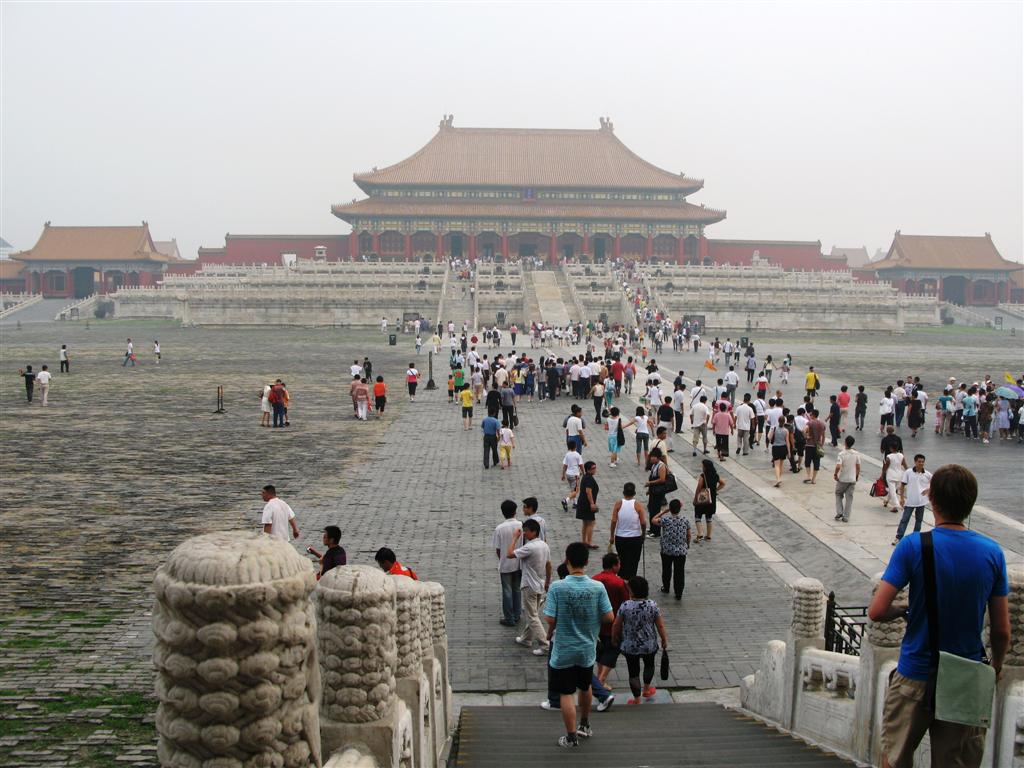




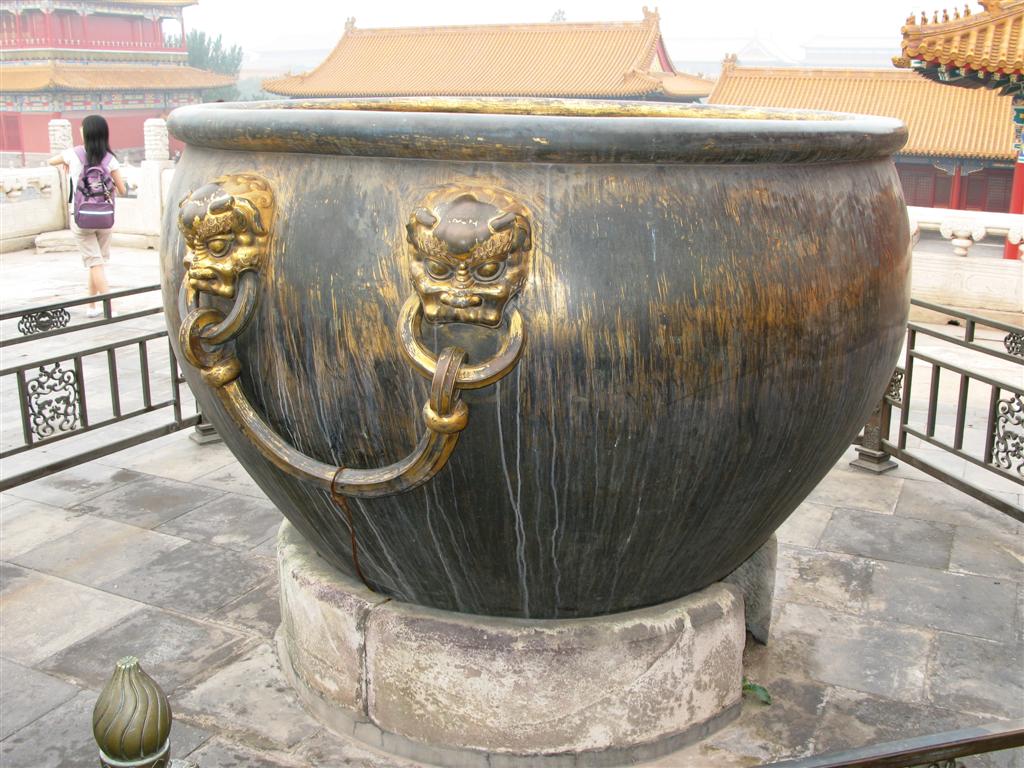





1 comment:
You pictures are just beautiful!
I'm enjoying learning all these interesting facts!
Thanks!
Alicia =0)
Post a Comment